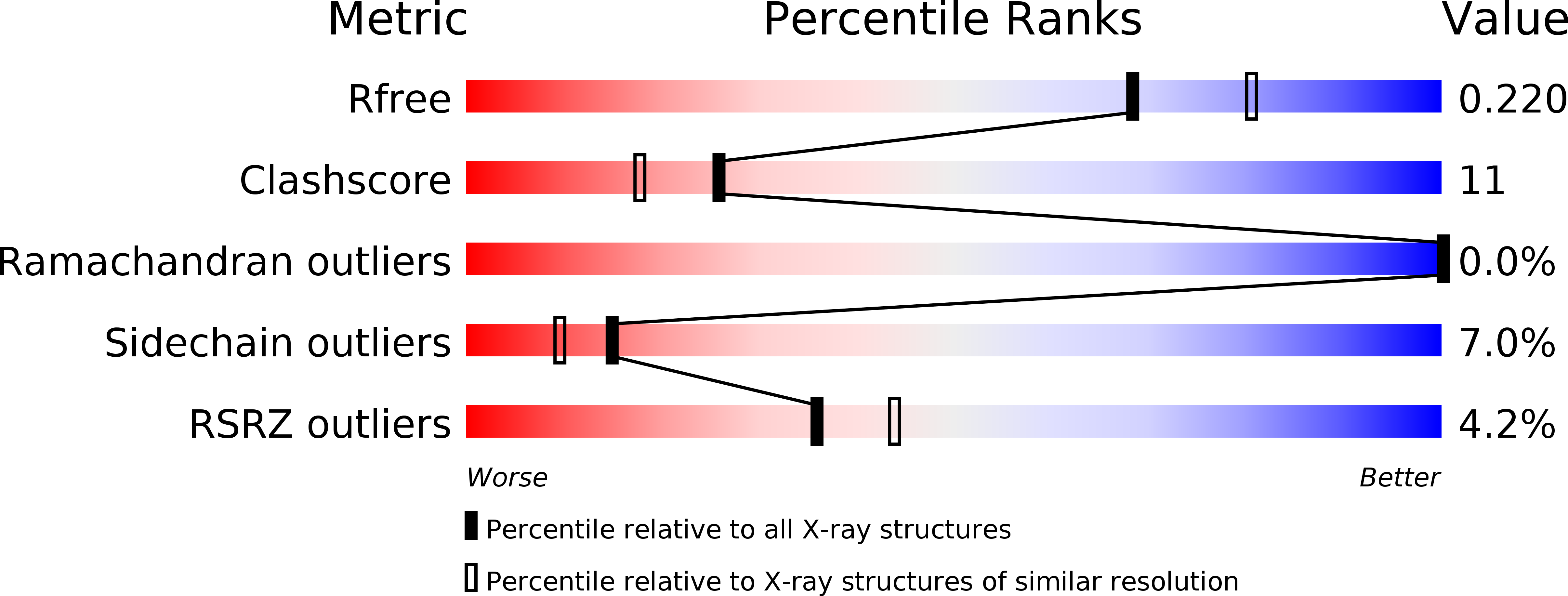
Deposition Date
2011-09-30
Release Date
2012-02-01
Last Version Date
2023-11-01
Method Details:
Experimental Method:
Resolution:
2.13 Å
R-Value Free:
0.22
R-Value Work:
0.17
R-Value Observed:
0.18
Space Group:
H 3


